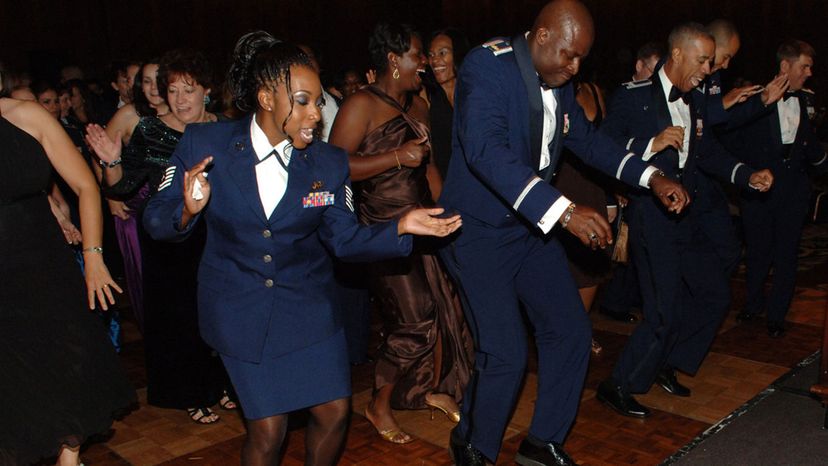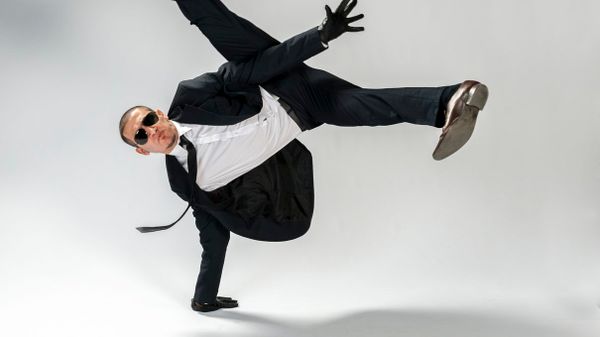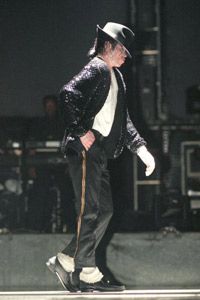
Chances are your version of the electric slide is missing a few steps. But who cares, right?
Actually Richard Silver does — a whole lot. He's the guy who invented the dance and got litigious about it. His story — and the origins of other classic dance moves — were part of a recent episode of the podcast Part-Time Genius, co-hosted by Will Pearson and Mango Hattikudur.
Advertisement
Back in 1976, Neville "Bunny Wailer" Livingston wrote a catchy song called "Electric Boogie" for his childhood buddy, singer Marcia Griffiths. Then choreographer Silver created the electric slide, a 22-step dance to the song that incorporated grapevines and a series of forward and backward steps. But as the dance burgeoned in popularity, people began forgetting the final four steps — which are repeated steps — changing it into an 18-step performance. That was really unacceptable to Silver, particularly because he specifically created a 22-step dance in honor of the fact that he was born on January 22.
Outraged over the years as thousands of videos were posted online showing people grooving to an 18-step electric slide, he threatened the hosting websites with lawsuits if they didn't take down the offending clips. After all, he owns the copyright to the dance and wanted it to be passed down through history correctly. In a bit of irony, Silver was sued himself for standing in the way of videographers' free speech rights. That lawsuit was settled in 2007.
Good thing Michael Jackson didn't try to sue people who did the moonwalk wrong. Oh wait, he didn't invent the move. The podcast hosts point out that David Bowie was already dancing backward in 1973, and before that in the 1950s, Cab Calloway and Bill Bailey were busting similar moves to the delight of audiences.
So who did Jackson pilfer from? Mango says French mime Marcel Marceau performed a similar move while pretending to be walking into a strong headwind and Jackson and Marceau were friends for years. Will adds that Jackson saw two break dancers (probably Jeffrey Daniel or his compatriots Geron "Casper" Candidate and Derek "Cooly" Jackson) perform the moonwalk on an episode of "Soul Train" and met with them to learn the steps for an upcoming TV show "Motown 25". The dance made its debut on the 1983 special to accompany Jackson's song "Billie Jean" and soon everyone was trying to walk backward and forward at the same time.
The chicken dance's back story is just as compelling. The melody was written by Swiss musician Werner Thomas in the 1950s; Thomas then began creating a dance sequence to the catchy tune. "But weirdly the moves weren't inspired by chickens, but by skiers," says Will in the podcast. "Many of the motions of skiers flying down these mountains there really reminded Thomas of different birds. And so he started to put some of these motions into a dance that they started to call 'Dance Little Bird.'"
The song and dance eventually made it across the ocean to the U.S. No one knows for sure when Americans began calling it the "chicken dance," but it may have been after a 1981 Oktoberfest celebration in Tulsa, Oklahoma. A German band was playing the song, and festival organizers wanted someone to don a duck costume and teach the dance moves to the crowd. But all they could find was a chicken suit.
To find out more about these and other dances — like voguing — listen to the podcast "The Controversial Origins of Famous Dance Moves."
Advertisement

